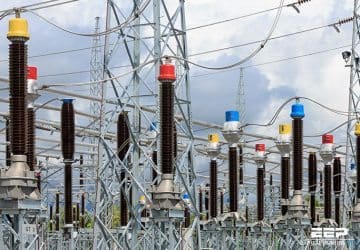Do you know what an arc flash is? If not, keep reading, it’s important.
An Arc Flash is an electrical explosion resulting from a low impedance connection to ground or another voltage phase in an electrical system. High temperatures cause rapid heating of surrounding air and extreme pressures, resulting in an arc blast. The… Read more
Nov 09, 2016 | By Edvard Csanyi

Five key factors to the correct cable selection and application
It is essential to know cable construction, characteristics, and ratings to understand problems related to cable systems. However, to correctly select a cable system and assure its satisfactory operation, additional knowledge is required. This knowledge may consist of service conditions,… Read more
Oct 31, 2016 | By Edvard Csanyi

Paralleling and ferroresonance as special problems with transformers
Occasionally, crews must install distribution transformers, either at a changeover or for extra capacity. If a larger bank is being installed to replace an existing unit, paralleling transformers during the changeover eliminates the customer interruption. In order to parallel transformer… Read more
Oct 12, 2016 | By Edvard Csanyi
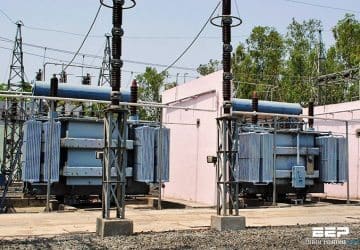
Problems with audible substation noise and what you can do about it
Audible substation noise, particularly continuously radiated discrete tones (e.g., from power transformers), is the type of noise that the community may find unacceptable. Community guidelines to ensure that acceptable substation noise levels are maintained can take the form of governmental… Read more
Oct 03, 2016 | By Edvard Csanyi
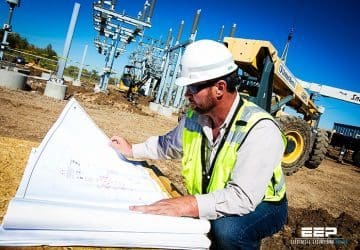
7 typical layout designs of 11kV indoor distribution substation
The following layout designs of indoor distribution substation are typical only and should not be used as construction drawings as they are presented as an example. Some designs achieve minimum EMF emission by installing the low voltage cables and switchboard… Read more
Sep 26, 2016 | By Edvard Csanyi

8 steps to follow in power substation design and engineering
Building a new substation or retrofitting the old one is a complex process full of design and engineering tasks to be worked on. The main steps in substation design and engineering are as follows: Selection of a substation switching system:… Read more
Sep 21, 2016 | By Edvard Csanyi

Should you choose fixed or withdrawable medium voltage switchgear?
How to make the right choice between fixed or withdrawable medium voltage switchgear when selecting a new equipment for power substation? The following evaluation procedure should be conducted: Find out how important the additional aspects are. Weigh up the financial… Read more
Aug 22, 2016 | By Edvard Csanyi
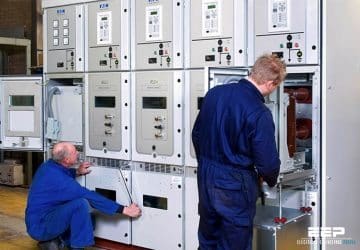
What happens when a transformer fire occurs in a substation
If a fire occurs as a result of a failure in a transformer, then the transformer is nearly always a total write off. However, the total cost of a transformer fire is typically in the order of 2-3 times the… Read more
Aug 12, 2016 | By Edvard Csanyi

Five transformer constructions you’re most likely to see inside buildings
There are several different types of transformer constructions you can see installed in substations inside commercial and other buildings. This article is generally applicable only to transformers of the liquid filled, ventilated dry, or gas filled dry types. Liquid insulated and gas… Read more
Aug 01, 2016 | By Edvard Csanyi

How standby generators work and how to dimension them?
Standby generators are used in order to provide consumers in the system entitled to standby service in the event of breakdown or shutdown of the normal power supply. They consist of the generator, the flywheel and the motor. For the… Read more
Jul 26, 2016 | By Edvard Csanyi
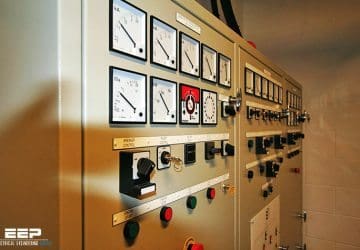
What is distribution substation and its main components?
Distribution substation typically operates at 2.4 – 34.5 kV voltage levels, and deliver electric energy directly to industrial and residential consumers. Distribution feeders transport power from the distribution substations to the end consumers’ premises. These feeders serve a large number of premises… Read more
Jul 22, 2016 | By Edvard Csanyi
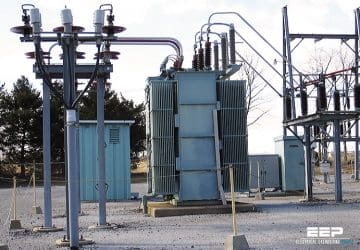
Where and Why Do We Use Grounding Transformer (zig-zag, grounded wye-delta)
Grounding transformers are sometimes used on distribution systems. A grounding transformer provides a source for zero sequence current. Sometimes they are used to convert a 3-wire, ungrounded circuit into a 4-wire, grounded circuit. Figure 1 (see below) shows the two most common grounding transformers. The… Read more
Jun 08, 2016 | By Edvard Csanyi
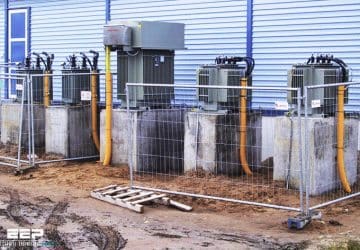
Where Do We Use Arc Suppression Coil (Petersen Coil)?
The arc suppression coil (ASC), also known as Petersen coil, is used to compensate the capacitive earth fault currents supplied by outgoing feeders at a substation. The compensation can be either centralized or distributed. With the centralized design, one ASC… Read more
Jun 06, 2016 | By Edvard Csanyi
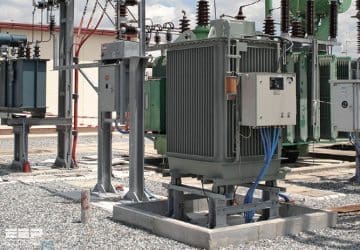
Influence Of Electric Field and Clearances In EHV AIS Substation
Bus height is also governed and calculated by the fact that allowable electric field due to live conductor at man height should be less than permissible value as per guidelines laid down by EPRI AC transmission Line Reference Book –… Read more
May 27, 2016 | By Asif Eqbal

Clearance Requirements In EHV AIS Substation You MUST Respect
Starting point for planning a substation is its single line diagram (SLD) which relates to circuit configuration, number of bus bars and its type and other associated equipment. However from erection and installation point of view layout of any substation… Read more
May 25, 2016 | By Asif Eqbal
